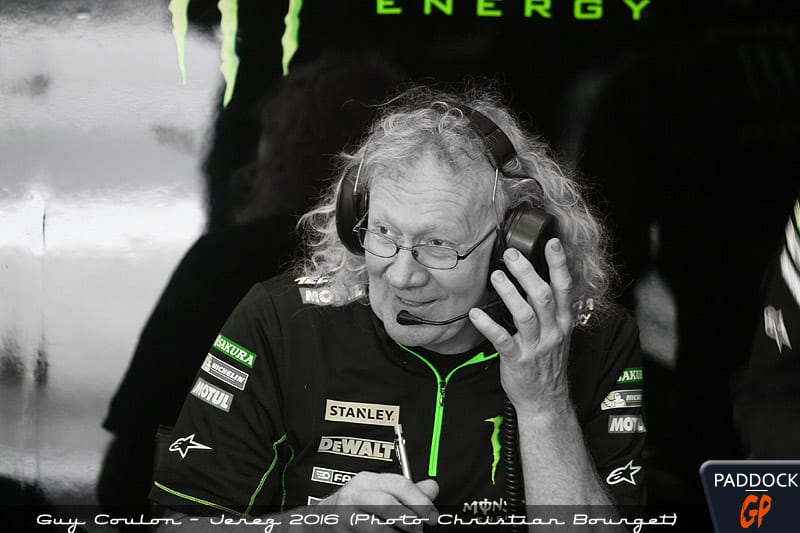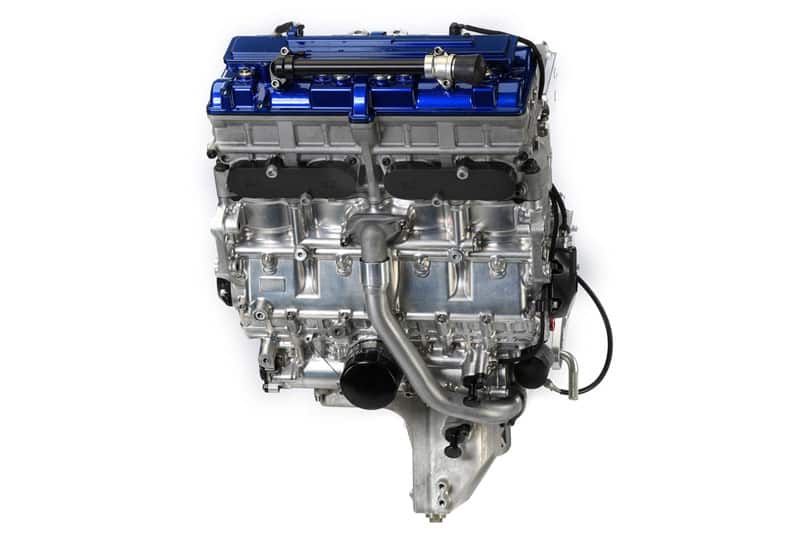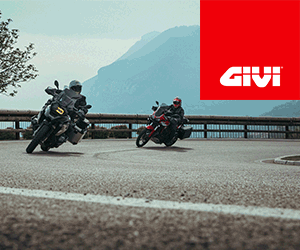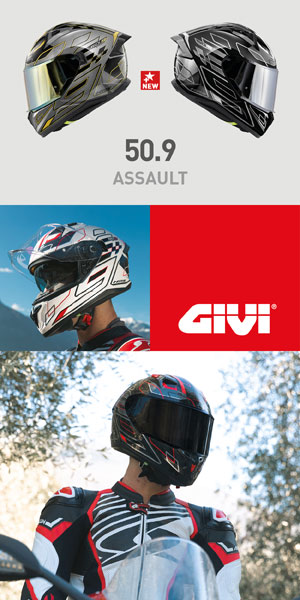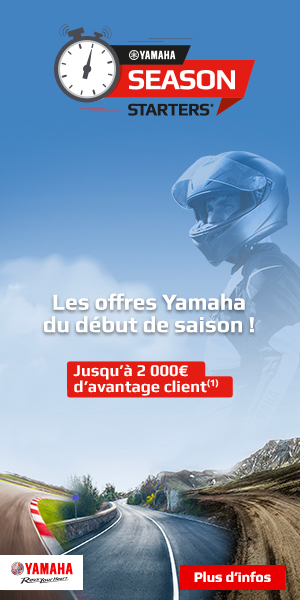To assess the evolution of the Yamaha's potential against its opponents, we chose its most experienced rider and studied his results during qualifying 2 in 2017 and 2018, provided that these took place in conditions significantly analogues.
So no more wet races in 2017 and no more dry races in 2018, and of course no more races missed by Valentino Rossi in 2017 or canceled due to rain this year.
There are only 8 events left, during which it is obvious that the average ranking of Valentino Rossi's M1 against his opponents has generally declined this year, going from an average position of 4,1 in 2017 to 8,75 in 2018 .
| QP2 | 2017 chrono | 2017 position | 2018 chrono | 2018 position |
| Argentina |
1'49.272 |
7 |
1'49.326 |
11 |
| USA |
2'03.673 |
3 |
2'04.229 |
5 |
| Jerez |
1'38.908 |
7 |
1'38.267 |
10 |
| Le Mans |
1'32.100 |
2 |
1'31.900 |
9 |
| Mugello |
1'46.814 |
2 |
1'46.208 |
1 |
| Brno |
1'55.073 |
2 |
1'54.956 |
2 |
| Red Bull Ring |
1'23.982 |
7 |
1'24.309 |
14 |
| Aragon |
1'47.815 |
3 |
1'48.627 |
18 |
However, during the 8 weekends concerned this season, 4 FP2s were run slower and 4 FP2s were run faster than in 2017.
With such a “non-trend” of the chrono, the word stagnation therefore seems to suit the performances of the Yamaha and, therefore, the maxim “he who does not advance goes backwards” seems to apply to perfection compared to Hondas and Ducatis in clear progress.
This lack of performance has given rise to the idea in the press that the 4-cylinder in-line engine has reached its peak and that the future now lies in a V4 engine, like those fitted to the Honda and Ducati.
Confirmation of this idea was even submitted to the pilots concerned who, obviously, do not have the skills to respond.
This is why we asked for his opinion Guy Coulon, who, after working at Honda, spent around twenty years operating Yamaha engines.
And beyond the technique itself (Guy Coulon built his own 6-cylinder in-line), the technical manager of the Tech3 team also knows Japanese customs and habits perfectly well…
Guy, what do you think of the idea that has been floating around that the in-line 4-cylinder has reached its limits, at least as far as traction is concerned, and that the future of Yamaha would involve a V-4-cylinder engine?
Guy Coulon : “What I'm going to say is obviously only my opinion, but I think that there are solutions with an in-line 4-cylinder and that Yamaha's philosophy is the in-line 4-cylinder. For the organization of the bike, the in-line 4-cylinder is not bad compared to the V4, and we saw in Aragon that the Suzuki's in-line 4-cylinder could be quite competitive. So I think all of this is an invention of journalists who don’t really know what they’re talking about.”
In theory, what would be the only advantage of the V4: lateral bulk?
" Not necessarily. The V4 may be a little narrower, but the inline-4 isn't wider in any problem area. So we have no problem on that side. On the other hand, the V4 involves a different organization of accessories, for example with exhausts behind and an inclined front cylinder bank, which makes it a very long engine. This involves designing the motorcycle in a different way, and, paradoxically, with an in-line 4-cylinder, the organization of the motorcycle and its accessories is rather less restrictive.”
The slightly wider crankshaft poses no problem?
“Seen from the front, the Yamaha is no wider than a motorcycle equipped with a V4. That's what counts. Afterwards, some will talk to you about greater inertia with a longer crankshaft, but it's simply that they lack imagination and have never seen a high-level 4-cylinder in-line connecting rod assembly.
And Yamaha is very attached to its in-line 4-cylinder…
“Yes, because let’s assume that they do one, and that even without having much experience with it, it is successful. Afterwards, you still have to organize the whole bike around it, and that can't be done in 3 months! No, there is no real interest because there are still solutions for the 4-cylinder in-line and, personally, I think they will continue in this direction. By analogy, the situation is no more serious now than when everyone said that a Big Bang V4 was needed to replace the in-line 4-cylinder with normal timing. However, Yamaha succeeded very well by making the Crossplane on its 4-cylinder in-line engine. Now, we simply have to do something else to bring the Crossplane inline 4-cylinder back up to the level of the best V4s. Ideas already exist…”.
